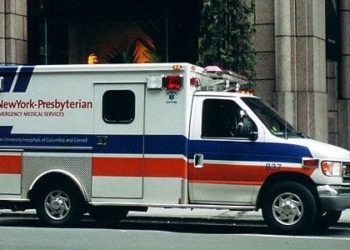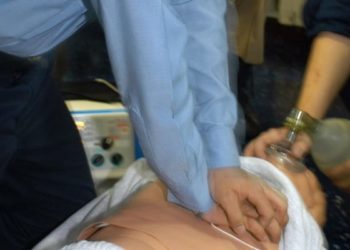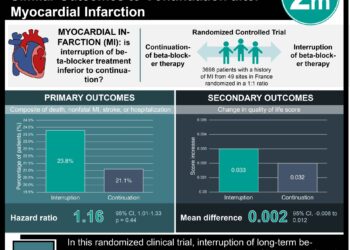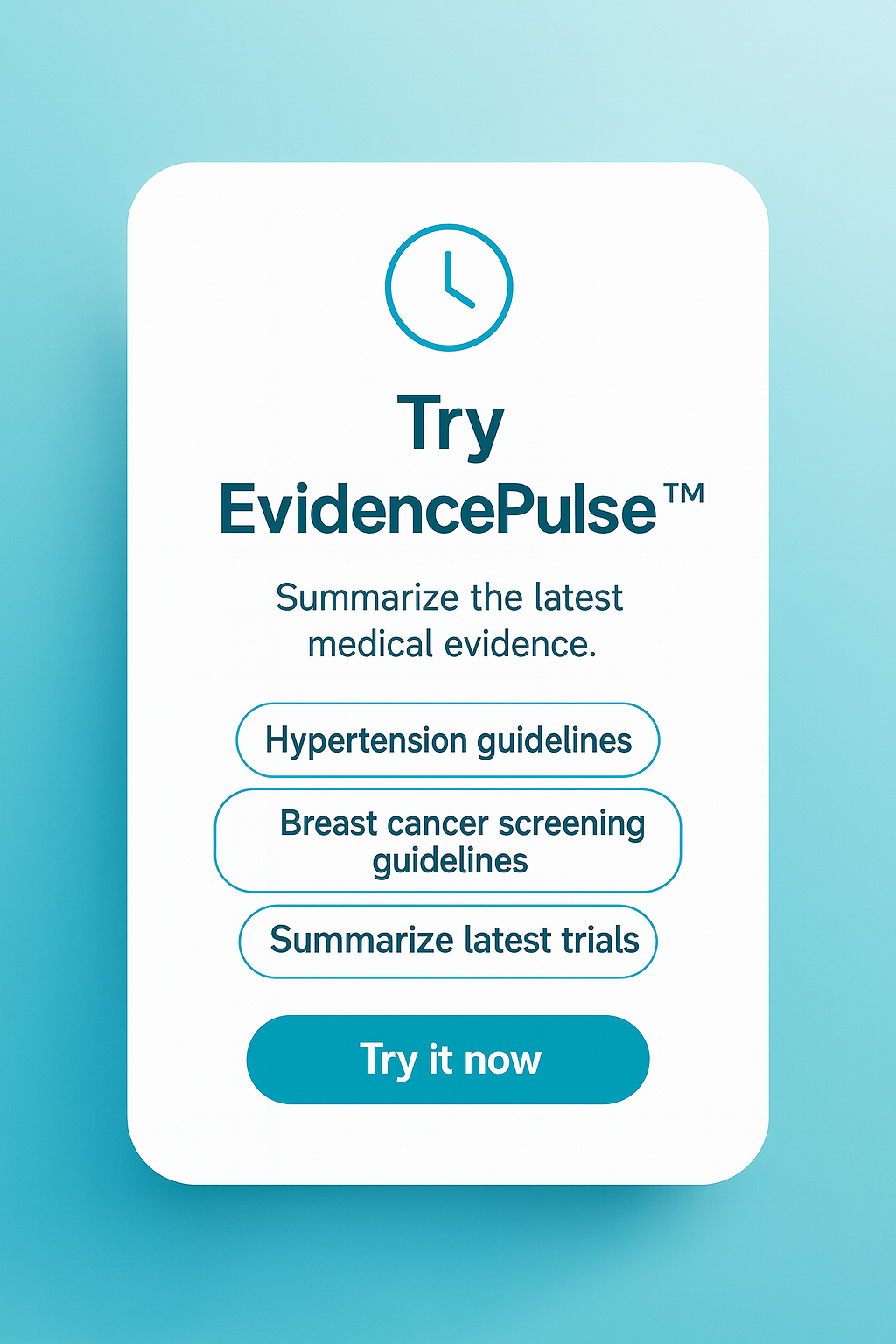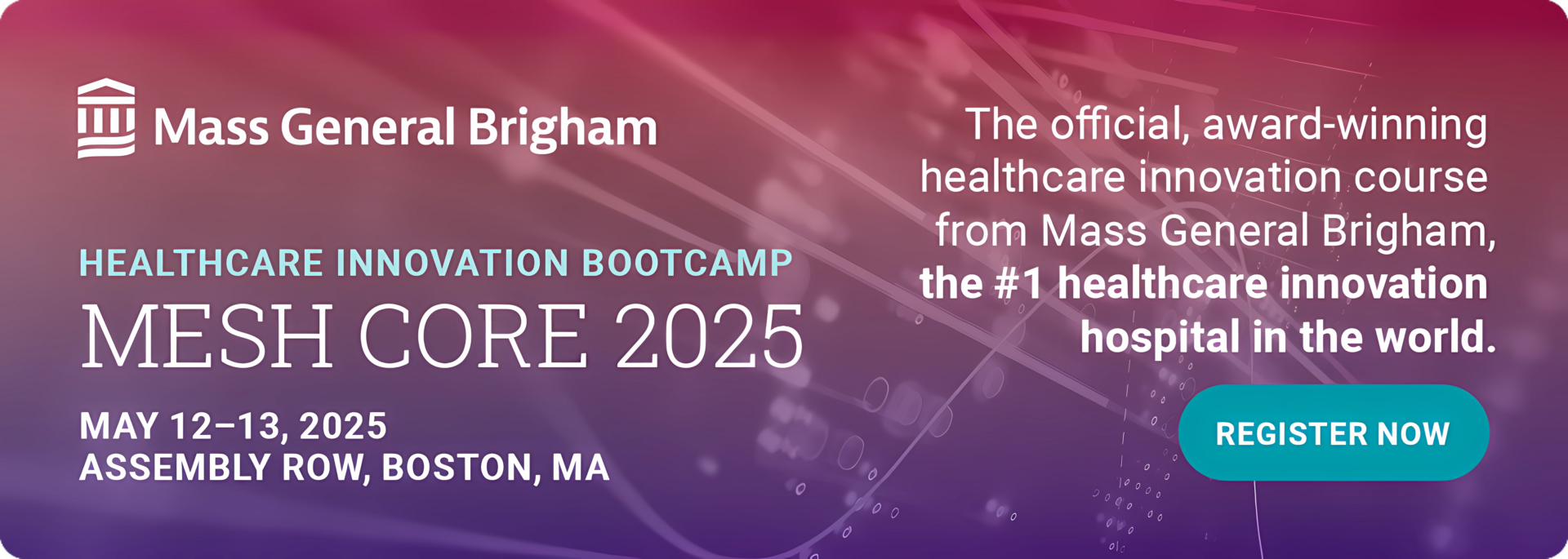Treatment of rhythmic and periodic EEG patterns in comatose survivors of cardiac arrest
1. For comatose survivors of cardiac arrest, treatment of rhythmic and periodic EEG activity did not change the incidence of a poor neurologic outcome at 3 months compared to standard care alone.
2. Mortality at 3 months among comatose survivors of cardiac arrest did not differ significantly even when suppressing rhythmic and periodic EEG activity.
Evidence Rating Level: 1 (Excellent)
Study Rundown: Rhythmic and periodic EEG patterns can reflect seizures in comatose patients and can be treated with antiseizure medications. However, there is a gap in knowledge as to whether these EEG patterns should be treated with antiseizure medications and whether they significantly improve neurologic outcomes. Previous studies have suggested that it may depend on the specific EEG pattern being treated for mortality or clinical benefit to manifest. This study found that the use of antiseizure medication to treat rhythmic and periodic EEG patterns did not significantly change the incidence of a poor neurologic outcome at 3 months. This study was limited by treating physicians in the trial being aware of the trial-group assignments which can influence treatment choices and decisions about withdrawal of care, and a wide confidence interval around the point estimate for the between-group difference of the primary outcome. Nevertheless, these study’s findings are significant, as they demonstrate that for comatose patients after cardiac arrest, antiseizure treatment over at least 48 hours did not improve neurologic outcomes at 3 months.
Click to read the study in NEJM
Relevant Reading: Futility of Suppressing Seizurelike Activity in Postresuscitation Coma
In-Depth [randomized open-label study]: This pragmatic randomized open-label study was conducted at 11 ICUs in the Netherlands and Belgium. Patients who were 18 years or older, comatose after resuscitation for cardiac arrest, had continuous EEG monitoring started less than 24 hours after return of spontaneous circulation, and had rhythmic or periodic activity on EEG were eligible for the study. Patients who did not meet these criteria were excluded from the study. Patients were randomly assigned to either receive protocol-defined antiseizure medication plus standard care or standard care alone. The primary outcome measured was neurologic outcome according to the score on the Cerebral Performance Category scale at 3 months. Outcomes in the primary analysis were assessed via the intention-to-treat principle. Based on the analysis, at 3 months, 90% of patients in the antiseizure treatment group and 92% of patients in the control group had a poor neurologic outcome (95% confidence interval [CI], -7 to 11). Furthermore, mortality at 3 months was 80% in the antiseizure treatment group and 82% in the control group. The mean length of stay in the ICU was 8.7 days in the antiseizure treatment group and 7.5 days in the control group. The incidence of withdrawal of life-sustaining treatment was approximately 77% in both groups. Overall, this study demonstrated that in comatose patients after cardiac arrest with rhythmic and periodic EEG activity, intensive antiseizure treatment over 48 hours or more did not significantly improve neurologic outcomes at 3 months.
Image: PD
©2022 2 Minute Medicine, Inc. All rights reserved. No works may be reproduced without expressed written consent from 2 Minute Medicine, Inc. Inquire about licensing here. No article should be construed as medical advice and is not intended as such by the authors or by 2 Minute Medicine, Inc.

